FEMA Public Assistance & Cat B
We want to show you how to get FEMA funding for COVID-19 response in your community. This series of videos, podcasts, and blogs provides federal grant management training to everyone. In this episode we will examine the FEMA PAPPG – FEMA Public Assistance Programs Policy Guide, also called Papa-G focusing on the Category B grant. Cat B is how FEMA provides funding for emergency protective measures.
We are providing these materials to you hoping that you can help your community, your organization survive this disaster and wisely execute the mission before you. If you appreciate this presentation, please share it.
Subscribe to our YouTube Channel
Emergency Protective Measures
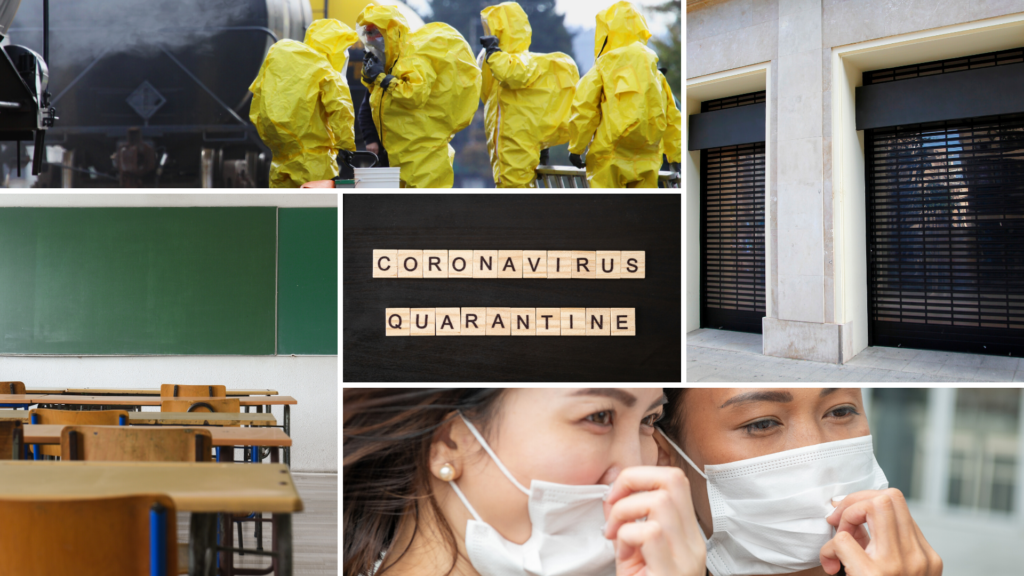
In spring of 2020, the United States Federal Government started issuing disaster declarations related to the COVID-19 emergency. These disaster declarations trigger actions and funding through the Robert T Stafford Act of 1988. The disaster funds, so far, have been authorized for Emergency Protective Measures, also called Category B. This is a FEMA grant of money to execute on missions and projects to help us all survive this crisis.
In this episode, I will define Cat B and Emergency Protective Measures. I will draw a figurative box around these definitions. Unlike some of my other presentations I will draw directly from and quote the relevant FEMA literature.
This matters to you in the same way that the rules of a board game matter. FEMA definitions, rules, and policies level the playing field and give both you and FEMA guidance. In the game of FEMA Quest, the party who knows the rules better wins points.
Category B
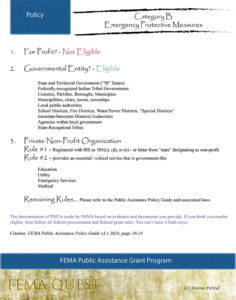
Let’s put Category B in context. FEMA has defined a series of categories of work and lettered them as A through G plus Z. Categories A and B are emergency work, meaning work that is done before, during, or immediately following a disaster. Categories C through G address permanent work. Permanent work are normally larger capital projects that rebuild public infrastructure such as buildings, bridges, roads, water control facilities. What is Category A? Category A relates to the removal of debris.
And Z? Category Z is an un-documented category that is used by states to recover grant administrative costs. So that’s categories A to Z.
When dealing with federal programs, there is always a necessary discussion of the predicating laws. First, this grant program is authorized by Congress in the Robert T Stafford Act. This is presented on Page 1, as it should be. I am looking at the FEMA Public Assistance Program and Policy Guide. You can download this PDF from our links or FEMA. Same document. You’ll want the April 2018 version, or later. I like having the current and the most previous.
Other laws that relate are both 44CFR200 and 2CFR200. Often, if you see a phrase in the Papa-G, it is lifted literally from the underlying law. You won’t know unless you look. You do not need to know on day one. In time, these obscurities become a power-up weapon on your belt. That’s later.
I’ll cover eligibility in Episode 5, the next episode. The two key issues related to the type of organization and the type of work. So stay tuned.
3-pillars of Emergency Protective Measures
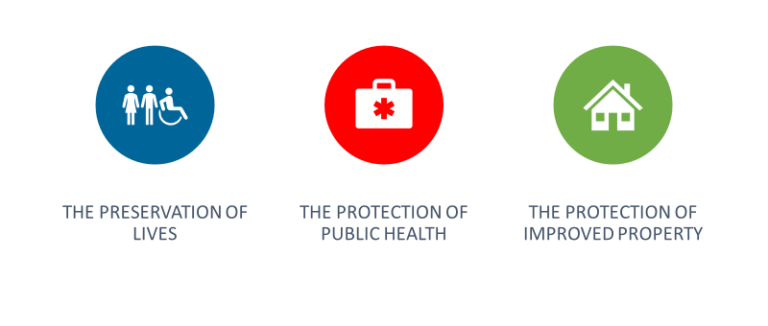
I have a memory aid for the 3-pillars of Emergency Protective Measures – and they are completely wrong but I enjoy saying: Life, Liberty, and the pursuit of Happiness. Those certainly are the three-pillars of the Declaration of Independence. They do relate. The three pillars are: the preservation of live, the protection of public health, and the protection of improved property – that is threatened by the disaster. It really is about the core values of a community.
Things that count: emergency operations center operations; medical care and transport; security; searching to locate and recover human remains.
The COVID-19 disaster is a difficult world for FEMA and most emergency managers to wrap their heads around. Here in New England, we know how to recover from flooding and wind damage. It is very difficult for us to get a disaster declared following a blizzard. We’re pretty good at that sort of stuff.
Procurement Eligibility
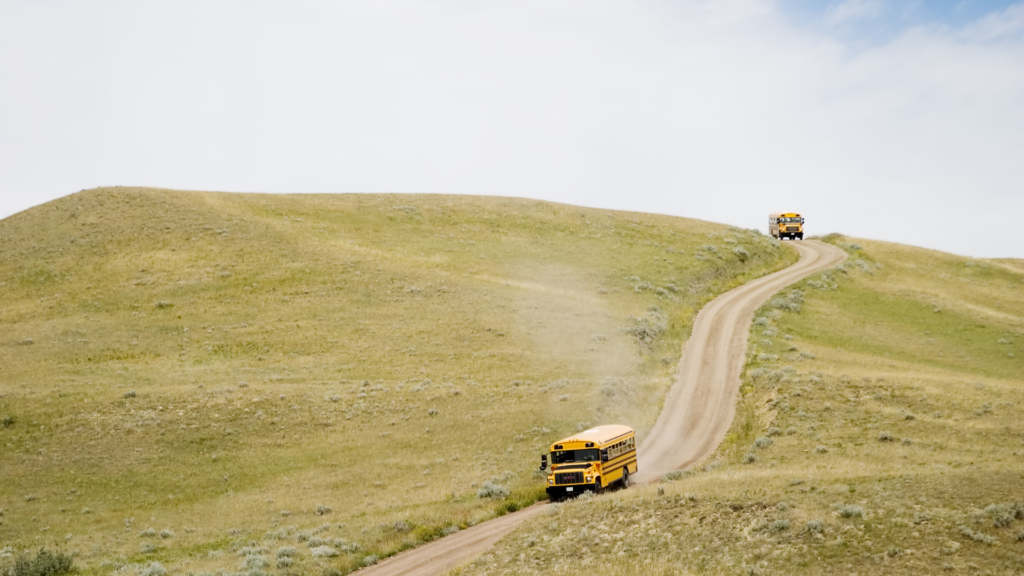
A global and nationwide public health emergency is an unknown to us. The list that FEMA offers in the publications available as of April 2020 is not intented to the entirety of it. Top of page 38 of my book it states: “This list is not all-inclusive.”
Why does this matter to you? Your organization may have done something that stands proudly on one of the three pillars but is not obvious. It will be on you to create the link and prove it to FEMA. Be honest and be fair. We are all in this together. Some school districts are using the commercial school bus service to deliver food to students at home. That’s not on the list.
Obviously, I can’t be the authority – but I’ll argue it is eligible. It is protecting the public health. By providing the free breakfasts and lunches to students, we are preserving their lives and health. By using door-to-door delivery, we are maintaining the necessary public distancing and following the well-known public health guidelines. We are using resources through an existing contracted service – the local bus company. This likely met procurement rules.
This is the kind of thinking that will be required. You’ll need to demonstrate in writing and with affirmative links to the policy why paying someone to drive the bookmobile down dirt roads in Rural Vermont was a necessary and cost-effective means of preserving public health.
Hear It, Verify It
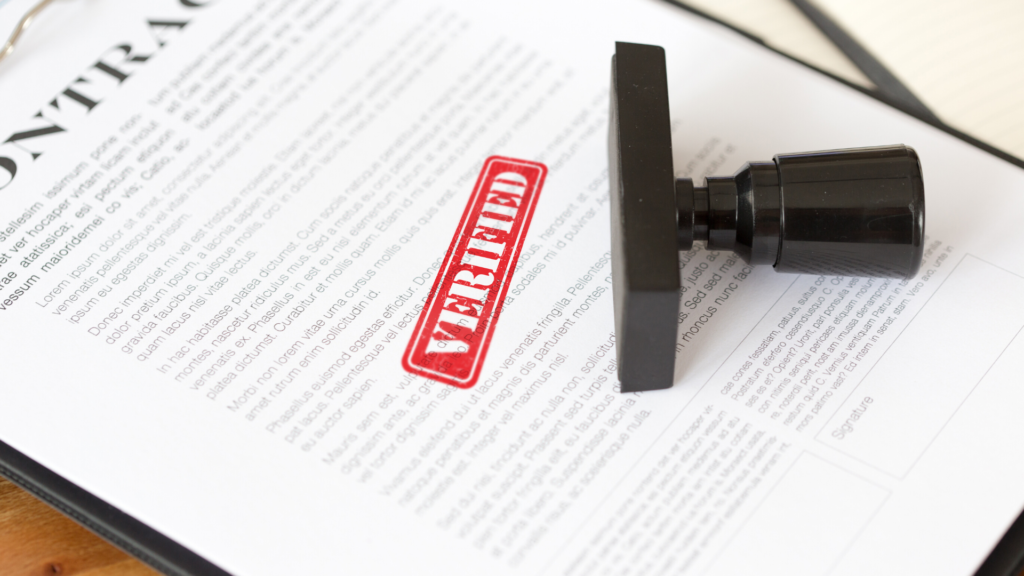
It will be your job to make the link. So read the policy, and think through it.
Governors and FEMA executives will provide more guidance to us all in time.
When you hear it, verify it.
Some information will be wrong. For example, if commercial-for-profit entity declares that they are eligible to directly receive FEMA funding because they did work that stands on one of these three pillars, they are not going to get funding. This is the wrong program, wrong process.
The rules matter.
Exigent Circumstances & Emergency Procurement
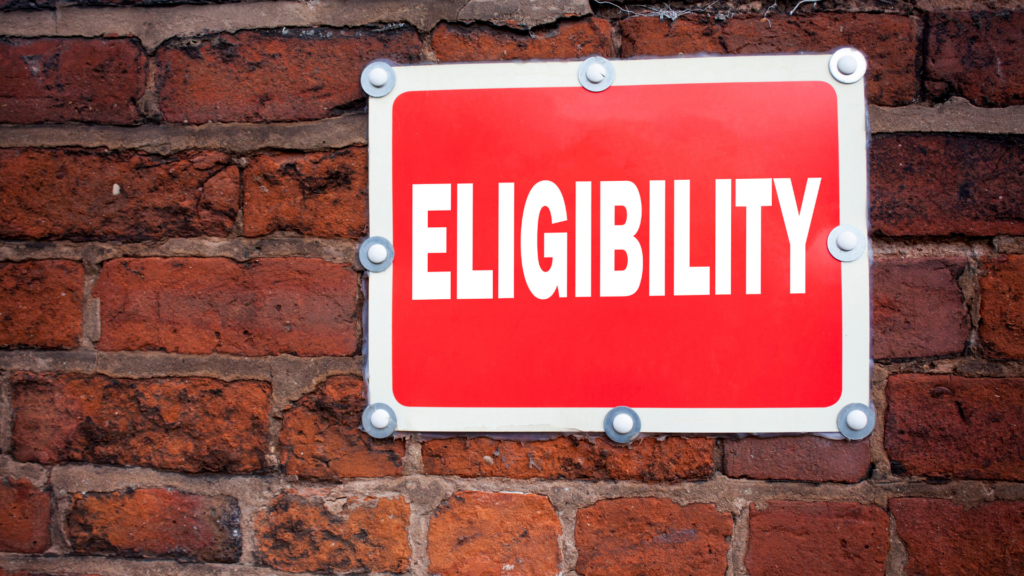
Cat B costs tend to involve labor and equipment costs for responding organizations. In FEMA lingo, this is Force Account Labor, Force Account Equipment, and Force Account Material. This is you mobilizing your forces on behalf of a federally-funded mission.
We have several episode that discuss the labor costs, fringe rate calculations, and the reporting of these costs.
The nature of this particular disaster may involve procurement. Be aware, that you MUST follow federal procurement guidelines. There will be a lot said in the early days about “exigent circumstances” and “emergency procurement”. Typically, the guidance limits this to a 72 hour period, or 3 days. Please, please, please do all the procurement you can using a public, fair, open competitive process. People will push the limits of “emergency procurement” and abuse it quickly. FEMA will then start disallowing these purchases faster than you can spell procurement.
It is a sucker’s bet. Stepping through the competitive process will benefit you in the long term.
Just because we are in an emergency, does not automatically justify emergency procurement. Do I need to say that again. This is an emergency, yes. And that is not sufficient to justify and exigent procurement process. If you do opt for emergency justification document the heck out of it. Write down the justification. Pass a motion. Do it in public. And don’t give that money to your cousin or uncle. That’s a quick trip to a bad place.
What’s Next?

Here’s the best test: Are you able to get 3 quotes? Can you get information to a number of suppliers about the products or services you need? If you can, do a competitive procurement.
The three pillars of Emergency Protective Measures are (1) reduction or elimination of threat to life (2) protection of public health and safety and (3) protect improved property that is threatened by this disaster.
Link your activities to one these pillars. Use detailed logs to track time and miles. Then report this work honestly and completely as needed in the grant lifecycle.
Along the way, follow the federal procurement guidelines. And do competitive procurement, it will keep you and the funds safe.